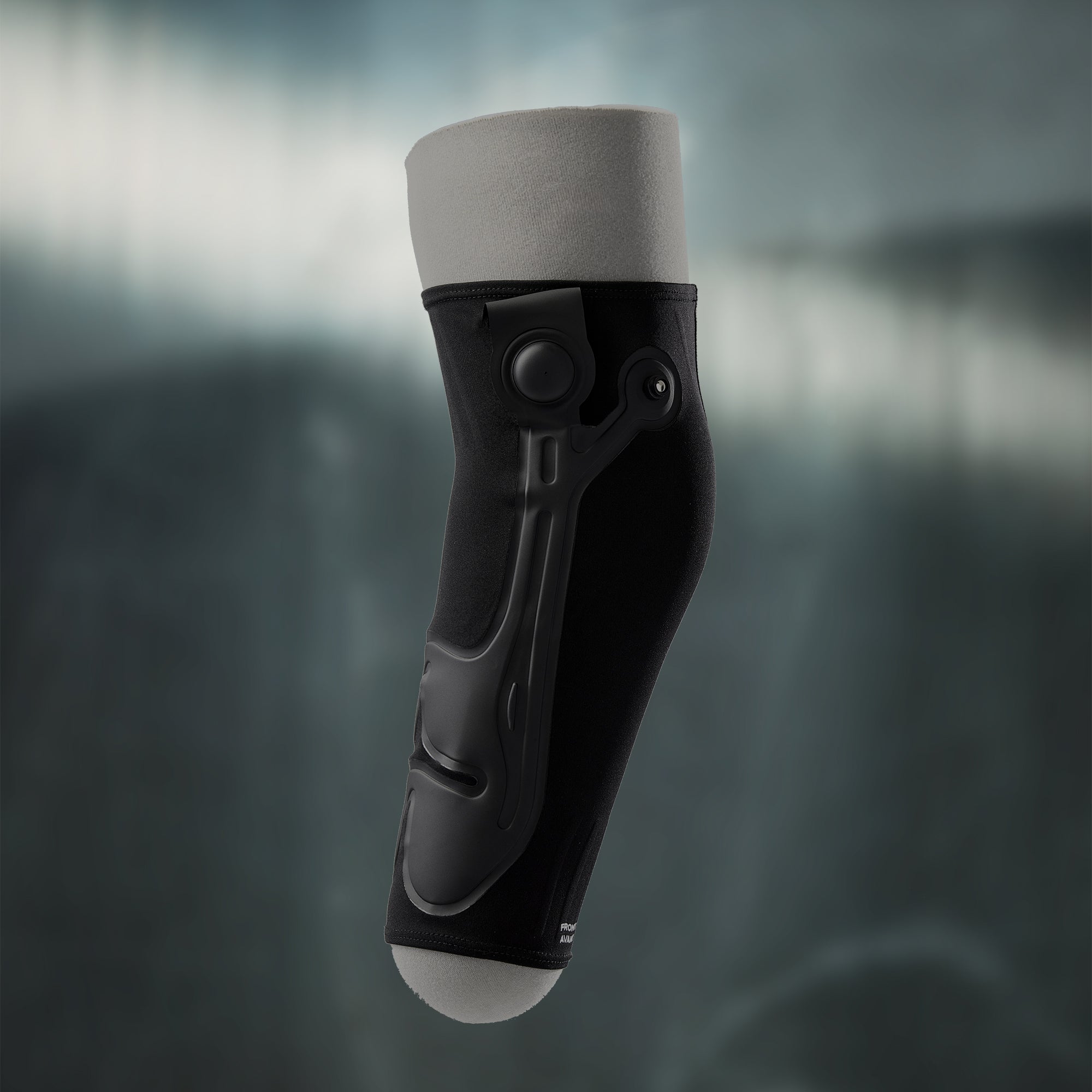

Residual-Limb Volume Fluctuation: How Smarter Volume Management Unlocks Real Socket-Fit Comfort
By the Ethnocare Clinical Team – May 31 2025
Why volume fluctuation matters every single step you take
If you use a lower-limb prosthesis, you already know the story: mornings feel snug, afternoons feel loose, evenings feel painful. That roller-coaster ride is caused by residual-limb volume fluctuation—minute-by-minute changes in limb size driven by fluid shifts, activity level, temperature, diet, and even gravity. A landmark systematic review of 52 studies found that volume can swing up to 17 % in just the first five minutes after doffing the socket PMC. Those numbers translate directly into gapping, pistoning, rotation, and the tell-tale bell-clapping sound of an ill-fitting socket.
Because every millimetre matters, volume management isn’t just a comfort issue—it’s a safety issue. Poor socket fit increases skin breakdown, throws off gait symmetry, and spikes the risk of falls. For clinicians, unpredictable volume change complicates everything from initial casting to the timing of a new or adjustable socket order.
The limits of prosthetic socks
For decades, the go-to fix for daily volume fluctuation has been prosthetic socks. Add a ply, remove a ply, hope for the best. While socks are affordable and familiar, they come with trade-offs:
|
Challenge |
Impact on Socket-Fit Comfort |
|
Bulk layers |
Creates pressure points, overheats limb |
|
Global change |
Adds fabric everywhere, even where you don’t need it |
|
Constant doffing |
Users must remove the prosthesis to add or subtract ply |
|
Rapid wear |
Socks lose thickness in weeks, leading to inconsistent volume management |
In short, socks offer global volume compensation for a localized problem. Users report wearing two to 15 ply daily just to chase comfort—yet even that can’t keep up with mid-day limb fluid swings.
Overlay: inside-socket intelligence for continuous volume management
That gap is exactly where Ethnocare’s Overlay insert lives. Unlike socks, the Overlay creates an air cushion socket that nests inside any standard transtibial or transfemoral socket. Key features include:
-
Integrated air-expansion system
Targeted air channels line posterior, medial, lateral—and for TF users, circumferential—aspects of the residual limb. -
Built-in inflation/deflation mechanism
Users press a low-profile button or squeeze the bladder to add or release air in seconds—without doffing the leg. -
Localized volume compensation
Fine-tunes fit exactly where fluid loss or gain occurs, maintaining suspension and alignment. -
Documented durability
Lab and field data show a functional lifespan beyond two years of daily use—far outlasting prosthetic socks that compress in weeks.
By keeping the limb in-socket while adjustments happen, Overlay tackles the very post-doffing volume drift that plagues traditional measurement techniques PMC. Users stay safely weight-bearing, clinicians get more stable interface geometry, and the socket fit comfort remains consistent from mile one to mile ten.
How Overlay reshapes the volume-management workflow
|
Everyday Scenario |
Old Workflow (Socks) |
New Workflow (Overlay) |
|
Morning swelling subsides |
Doff leg → Remove ply → Don leg |
Quick tap to release air |
|
Afternoon heat causes fluid retention |
Doff leg → Add ply → Don leg |
Micro-inflate on the go |
|
Hiking or sports |
Carry spare socks |
Tap to adapt, keep moving |
|
Traveling |
Pack multiple thicknesses |
One insert, unlimited adjustment |
Result: fewer interruptions, fewer pressure sores, and true confidence in socket-fit comfort all day long.
SEO spotlight: Why searchers care about volume fluctuation, volume management, and socket-fit comfort
Digital queries show amputees and clinicians alike are hungry for solutions that go beyond “add another sock.” Popular search phrases include:
-
“How to manage residual limb volume fluctuation”
-
“Best strategies for socket fit comfort”
-
“Alternatives to prosthetic socks for volume control”
-
“What is an adjustable socket?”
By addressing each of these pain points, Overlay positions itself as the high-value answer that rises to the top of search results—and more importantly, improves quality of life.
Key take-aways
-
Volume fluctuation is inevitable—up to 17 % within minutes after doffing.
-
Reliable volume management must happen while the prosthesis is worn.
-
Prosthetic socks offer crude, global adjustment and deteriorate fast.
-
Overlay inserts deliver instant, localized volume compensation, preserving socket-fit comfort and stability throughout the day.
Ready to experience real-time volume management?
If you’re tired of juggling sock plies or booking constant fit checkups, it’s time to step into the future of socket-fit comfort. Contact Ethnocare today to learn how the Overlay can integrate with your existing prosthesis—or request a demo at your clinic. Because when it comes to residual-limb volume fluctuation, every millimetre matters, and every step should feel just right.
References
-
Sanders JE, Fatone S. “Residual Limb Volume Change: Systematic Review of Measurement and Management.” J Rehabil Res Dev. 2011;48:949–986. PMC

